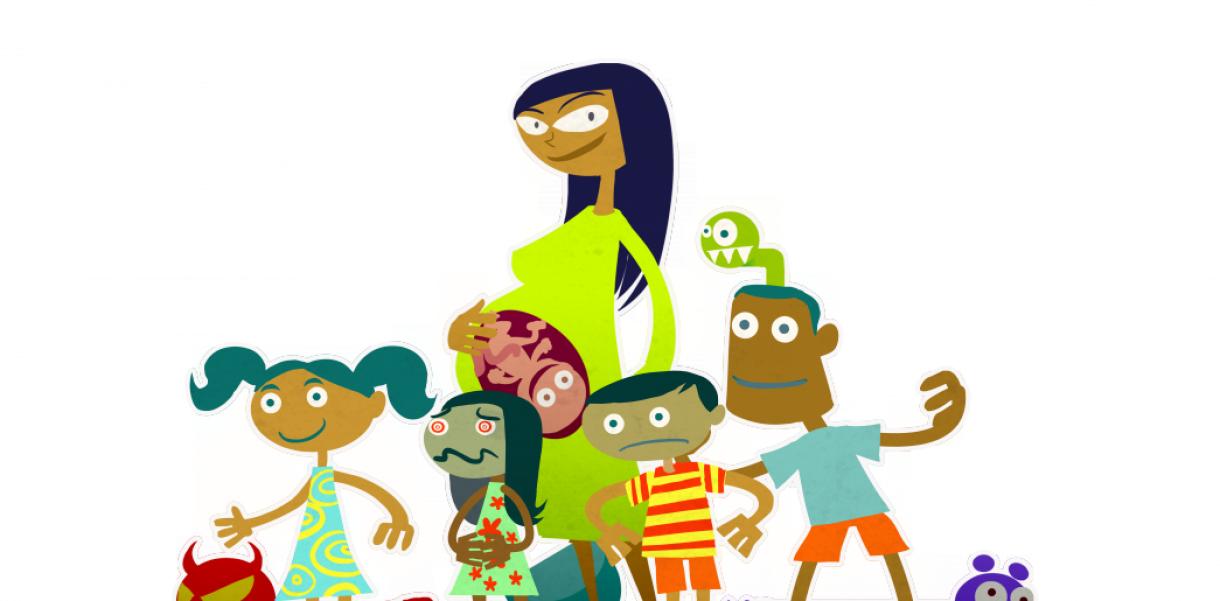More people have access to mobile phones than they do toilets, and mobile gaming is one of the fastest growing industries in the world. Now, the mobile and gaming worlds are coming together to create social change, as they set out to fight the tragic cases of unhealthy pregnancies, intestinal worm infections and the unfairly inferior value of a girl’s life in developing countries.
The central moral challenge of our time is reaching a tipping point. Just as slavery was the defining struggle of the 19th century and totalitarianism of the 20th, the fight to end the oppression of women and girls worldwide defines our current century.
Hidden in the overlapping problems of sex trafficking and forced prostitution, gender-based violence, and maternal mortality is the single most vital opportunity of our time — and women are seizing it. From Somaliland to Cambodia to Afghanistan, women's oppression is being confronted head on and real, meaningful solutions are being fashioned. Change is happening, and it’s happening now.
With low-cost handsets and increasing penetration of mobile phone networks globally, millions of people who don’t have regular access to computers or fixed-line telephones now use mobile devices as daily tools for communication and data transfer. There are 6 billion mobile phone subscriptions worldwide and three-quarters of them are in developing countries.
Under the leadership of Games for Change and supported by USAID, designers from Mudlark have created three mobile games, aimed at communities in India and East Africa. They are called Half the Sky: Mobile Games, and they seek to engage players around issues that women and girls face to improve their lives and the lives of their families with fun and meaningful gameplay.
By playing the games, women and children get vital knowledge of how to take care of themselves and others during one of three situations: pregnancy complications, worm attack and family dilemmas in regards to little girls.
The three games:
In Worm Attack young players, their teachers and their families work to rid themselves and their communities from infestation of intestinal worms, a problem that leads to diarrhea, anemia, internal bleeding, malnutrition and other symptoms. Worms affect 600 million school-age children worldwide, and studies show that those who are regularly dewormed are more likely to stay in school, have higher rates of literacy, and have greater earning potential.
9-Minutes compresses 9 months of pregnancy into 9 minutes of arcade-style gameplay. The game presents players with a series of physical, medical and social choices in a race against the clock. Players race to collect icons that represent pregnancy “do’s” for a particular month of pregnancy and to avoid icons representing the pregnancy “don’ts.” The player’s choices on topics such as having a birth plan, gaining family support, nutrition, getting antenatal care, and going to a health facility for delivery, determine the health and well-being of both the mother and her baby.
Maternal and child health are essential issues in both India and East Africa where the games are distributed. In 2005 to 2006, the infant mortality rate in India was 57 for every 1,000 live births, and only 38 percent of live births occurred in health facilities. In Kenya and Tanzania, the lifetime risk of maternal death is 1 in 55 and 1 in 38, respectively. Infant mortality rates in both countries are also high.
In Family Choices, a three-episode game, players watch character “Anu” grows up and makes decisions related to staying in school, gender issues, distribution of household responsibilities and challenges related to poverty. A positive decision leads to a golden leaf and another step toward independence and empowerment, and allows the player to progress to the next episode. Negative choices put unadorned leaves in the player’s family tree, and lead to an invitation to repeat the episode to explore multiple pathways and their respective endings. As the game progresses, as in real life, the choices get harder. Episodes two and three also address early marriage, pregnancy, family planning and pursuit of higher education.
The overall aim of Family Choices is to enhance the perception of girls’ place in and value to families, with an emphasis on keeping girls in school.
All three games use two common models to achieve social impact—adventure and simulation. Players are exposed to characters that can serve as role models, and will be rewarded for positive actions, such as killing the worms inside their stomachs or seeking antenatal care. Players also face choices, such as making decisions that lead to a delay in marriage and betterment of the family.
Empowering women and girls is one of the biggest, most important tasks of the century.






